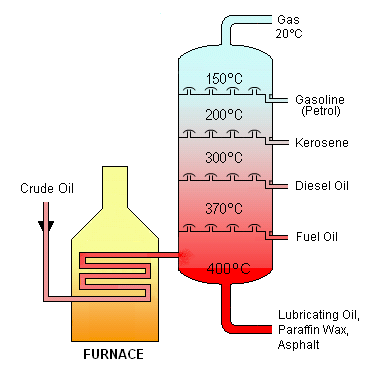XPFMember
XPRS Moderator
- Messages
- 4,555
- Reaction score
- 13,292
- Points
- 523
Assalamoalaikum-wa-rehmatullah-i-wa-barakatuh,
Can somebody explain me this part of syllabus:"seperation of petroleum into useful fractions by fractional distillation"
and "distillation (including use of fractionating column). (Refer to the fractional distillation of crude oil (section 14.2) and products of fermentation (section 14.6))"
Please help if u have any notes or anything because i cant make out what actually do they require!
JazakAllah Khairan!
May Allah grant us all with success in this world as well as the HereAfter,Aameen!!
Can somebody explain me this part of syllabus:"seperation of petroleum into useful fractions by fractional distillation"
and "distillation (including use of fractionating column). (Refer to the fractional distillation of crude oil (section 14.2) and products of fermentation (section 14.6))"
Please help if u have any notes or anything because i cant make out what actually do they require!
JazakAllah Khairan!
May Allah grant us all with success in this world as well as the HereAfter,Aameen!!
